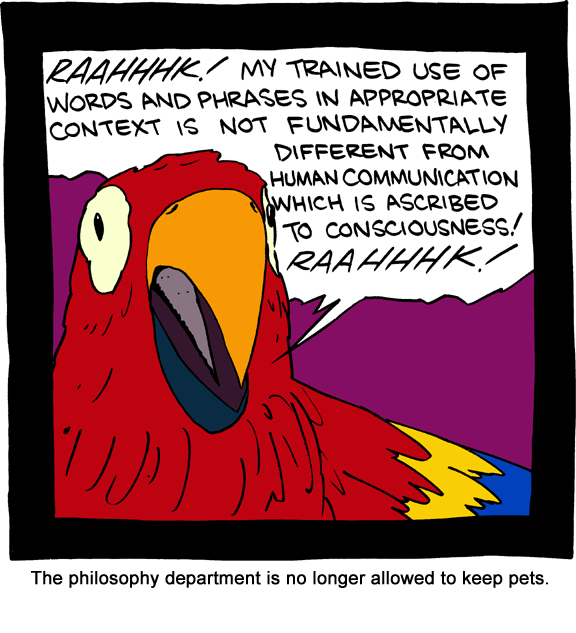African elephants may have human-specific alarm calls
Joseph Soltis et al., "African Elephant Alarm Calls Distinguish between Threats from Humans and Bees", PLoSOne 2/26/2014:
The Samburu pastoralists of Northern Kenya co-exist with African elephants, Loxodonta africana, and compete over resources such as watering holes. Audio playback experiments demonstrate that African elephants produce alarm calls in response to the voices of Samburu tribesmen. When exposed to adult male Samburu voices, listening elephants exhibited vigilance behavior, flight behavior, and produced vocalizations (rumbles, roars and trumpets). Rumble vocalizations were most common and were characterized by increased and more variable fundamental frequencies, and an upward shift in the first [F1] and second [F2] formant locations, compared to control rumbles. When exposed to a sequence of these recorded rumbles, roars and trumpets, listening elephants also exhibited vigilance and flight behavior. The same behavior was observed, in lesser degrees, both when the roars and trumpets were removed, and when the second formants were artificially lowered to levels typical of control rumbles. The “Samburu alarm rumble” is acoustically distinct from the previously described “bee alarm rumble.” The bee alarm rumbles exhibited increased F2, while Samburu alarm rumbles exhibited increased F1 and F2, compared to controls. Moreover, the behavioral reactions to the two threats were different. Elephants exhibited vigilance and flight behavior in response to Samburu and bee stimuli and to both alarm calls, but headshaking behavior only occurred in response to bee sounds and bee alarm calls. In general, increasingly threatening stimuli elicited alarm calls with increases in F0 and in formant locations, and increasing numbers of these acoustic cues in vocal stimuli elicited increased vigilance and flight behavior in listening elephants. These results show that African elephant alarm calls differentiate between two types of threat and reflect the level of urgency of threats.
Read the rest of this entry »



